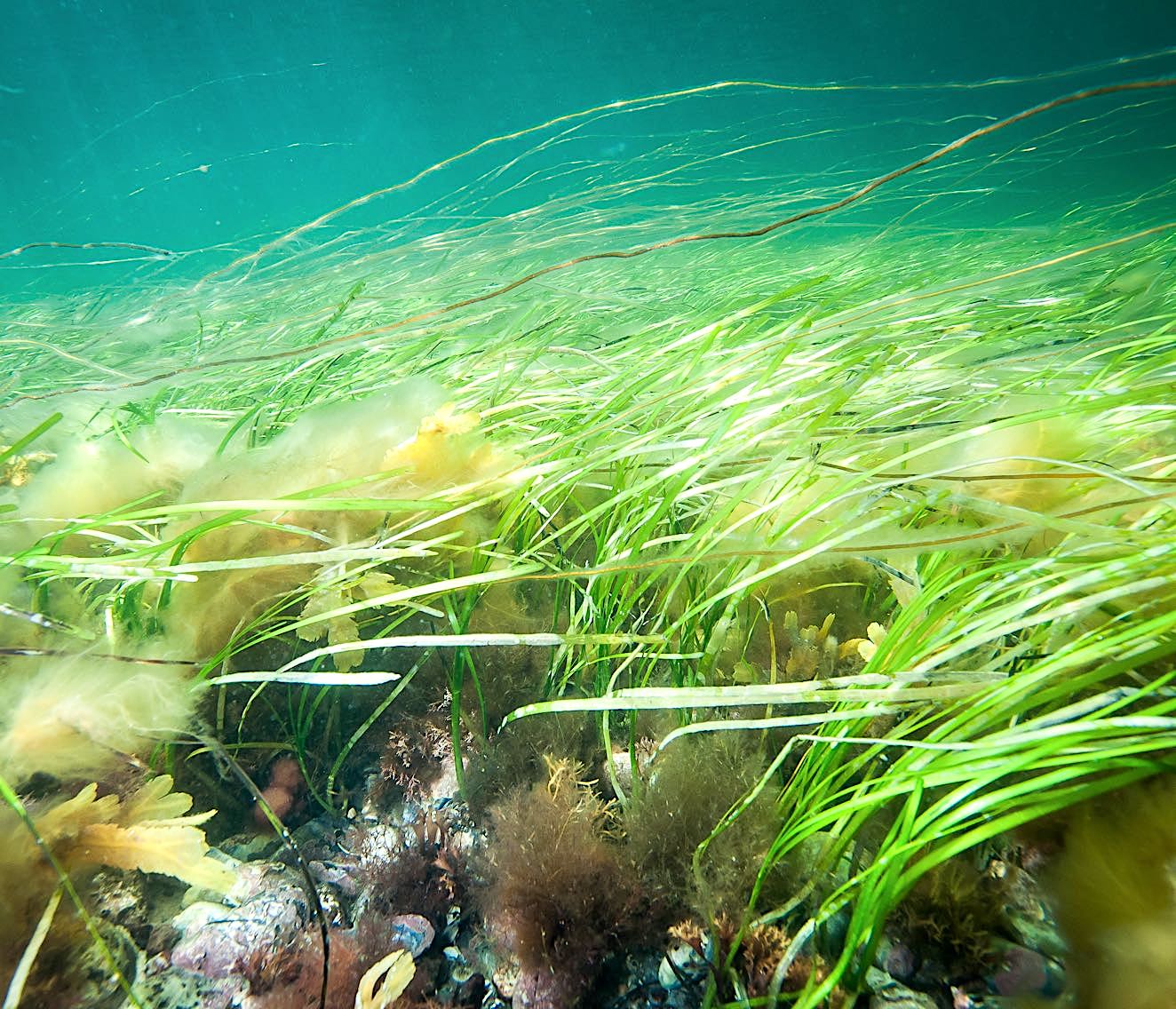Abstract
Coastal development and climate change are sparking growing concern about the vulnerability of the organic carbon (OC) stocks in marine sediments to remineralization, especially in high threaten coastal ecosystems like seagrass meadows. Uncertainties still exist regarding the role played by hydrodynamics, seagrass canopies and sediment properties play in OC resuspension and remineralization.
In this study, a set of laboratory flume experiments were conducted to assess, for the first time, the mechanisms by which the particulate and dissolved organic carbon (POC and DOC) may be released and remineralized under hydrodynamic conditions (i.e., unidirectional and oscillatory flows) in two eelgrass densities and sediments properties (i.e., grain size and OC content). After a gradually increase in hydrodynamic forces, our results demostrated that the presence of eelgrass reduced sediment erosion and OC loss in high-density canopies, while low-density canopies promote OC resuspension (on average, 1.8-fold higher than high-density canopies).
We also demonstrated that unidirectional and oscillatory flows released similar DOC from surface sediments (on average, 15.5 ± 1.4 and 18.4 ± 1.8 g m-2, respectively), whereas oscillatory flow released significantly more POC than unidirectional flows (from 10.8 ± 1.1 to 32.1 ± 5.6 g m-2 for unidirectional and oscillatory flows, respectively). POC and DOC released was strongly influenced by both seagrass meadow structure (i.e., lower eelgrass density and shoot area) and sediment properties (i.e., lower mud and higher sediment water content).
We found that, although > 74% of OC in upper sediments was remineralized within 30 days, a relatively high amount of OC in high-density canopies is recalcitrant, highlighting its potential for the formation of blue carbon deposits. However, our study highlights the vulnerability of OC deposits in seagrass sediments to resuspension if the meadow is degraded and/or the climate change yield stronger storms, which could potentially weaken the seagrass meadows’ service as blue carbon ecosystem in the future.








